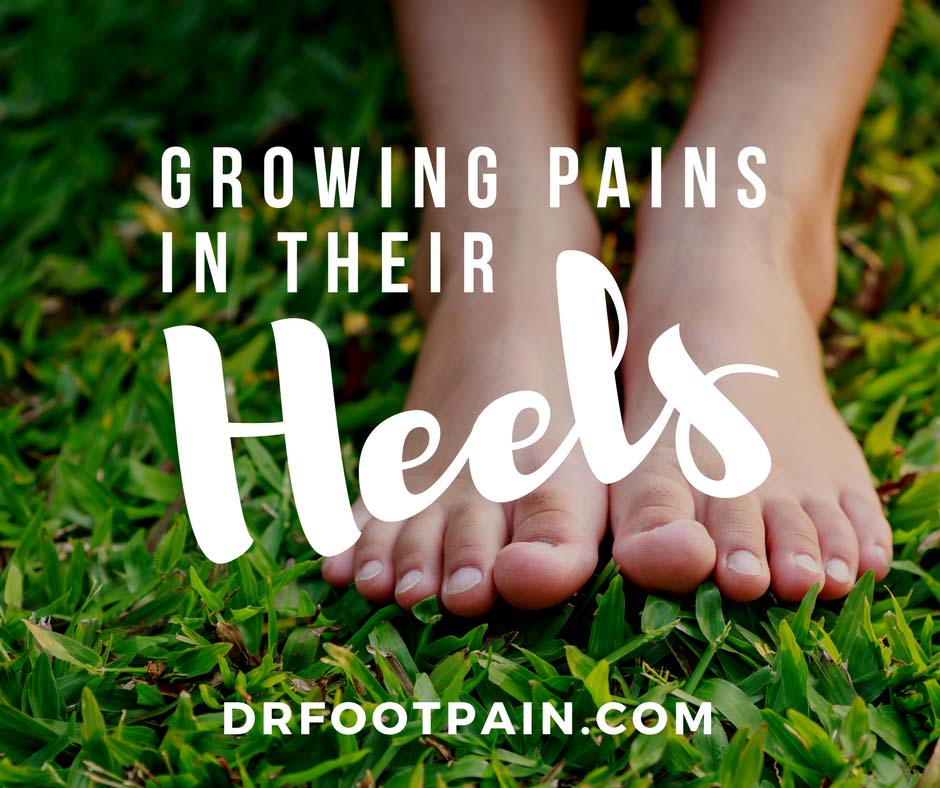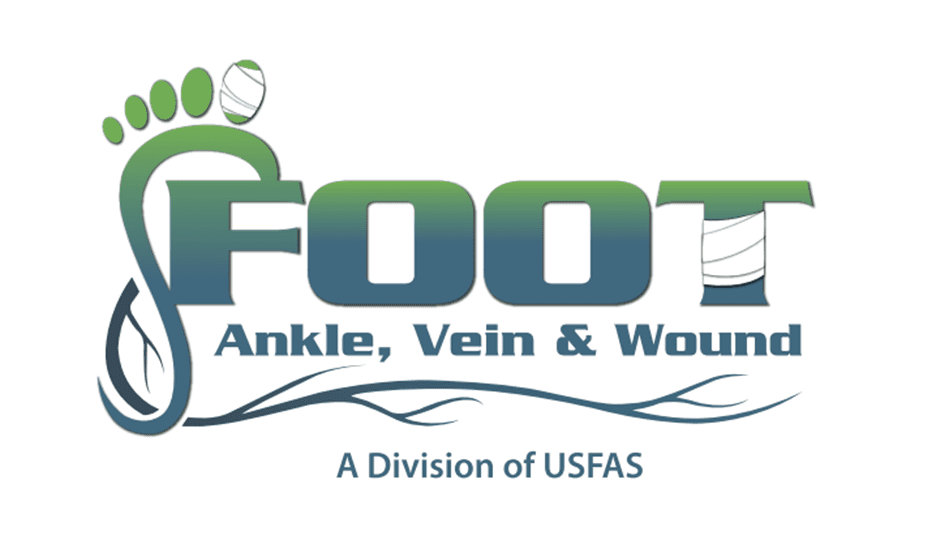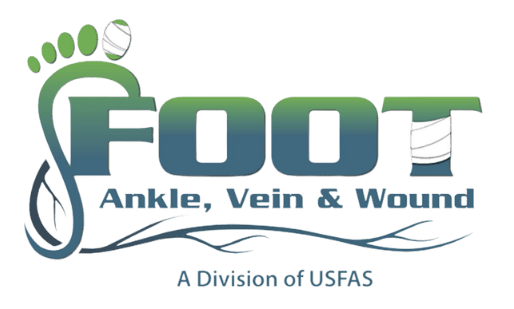
Childhood is often the most active time of life. While a typical American adult might take an average of around 5,000 steps per day, adolescents can easily double or triple that figure, especially if they enjoy playing outside or are active in one or more sports.
All that activity, of course, is great for keeping kids healthy, fit, and strong, and for building good habits for a lifetime. However, it also can put a lot of stress on sensitive, still-growing bones and tissues, producing discomfort and pain. The most common heel pain condition among adolescents is called Sever’s disease (also known as calcaneal apophysitis), and it often arises when an active lifestyle clashes with anatomy that hasn’t quite matured yet.
When kids are still growing, the ends of their long bones feature an exposed section of softer tissue called an epiphyseal plate, or “growth plate.” True to their name, growth plates are responsible for forming new bone tissue as your child grows up.
There is one such plate located at the back of the heel bone on each foot, and because of its position it is fairly vulnerable to injuries and damage. Because it is softer than normal bone, the heel growth plate is more susceptible to the stresses of repetitive impacts from running and jumping.
At the same time, during a growth spurt leg bones may get longer very quickly while softer tissues struggle to “catch up.” This can leave an adolescent with very tight Achilles tendons or calf muscles that tug uncomfortably on the heel bone, increasing the discomfort.
Clearly, growing up can be hard on the heels! However, there is some good news. Most cases of childhood heel pain resolve within a few days to weeks using only conservative treatment remedies, such as rest, stretching, medications, orthotics, or if absolutely necessary a brief period of immobilization. This does mean your child will have to take a spot on the sidelines for a short time, but they may still be able to enjoy alternative activities while they recover—swimming, for example, or going for bike rides. The sooner you take your child in for treatment, the quicker the recovery period will be, and the sooner they can go back to doing what they love.
Growing up can be hard on the heels. Don’t make it harder than it has to be for your child! Schedule an appointment at Foot & Ankle Clinic of the Virginias. Call one of our seven locations at (800) 456-8637 today.

